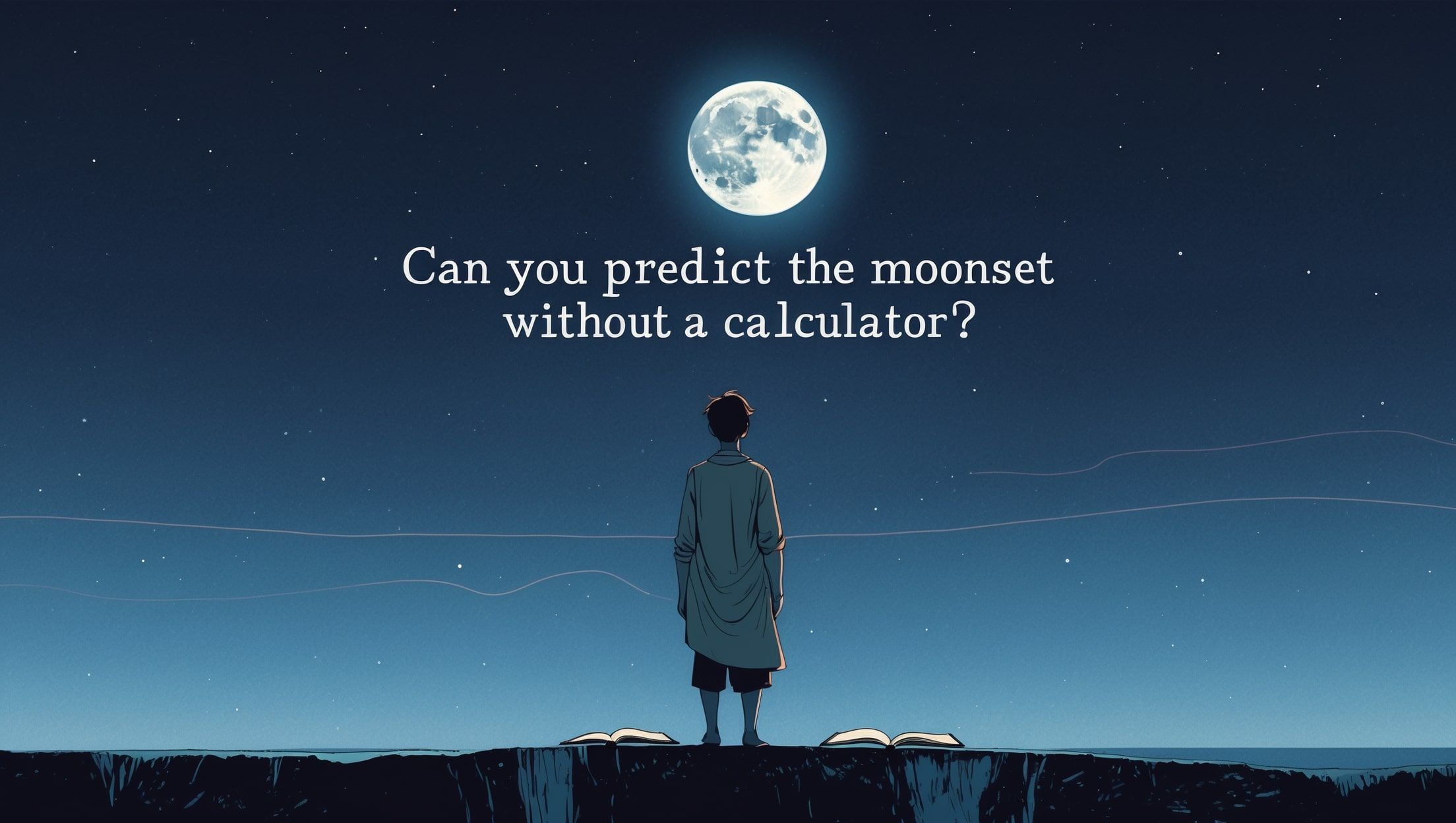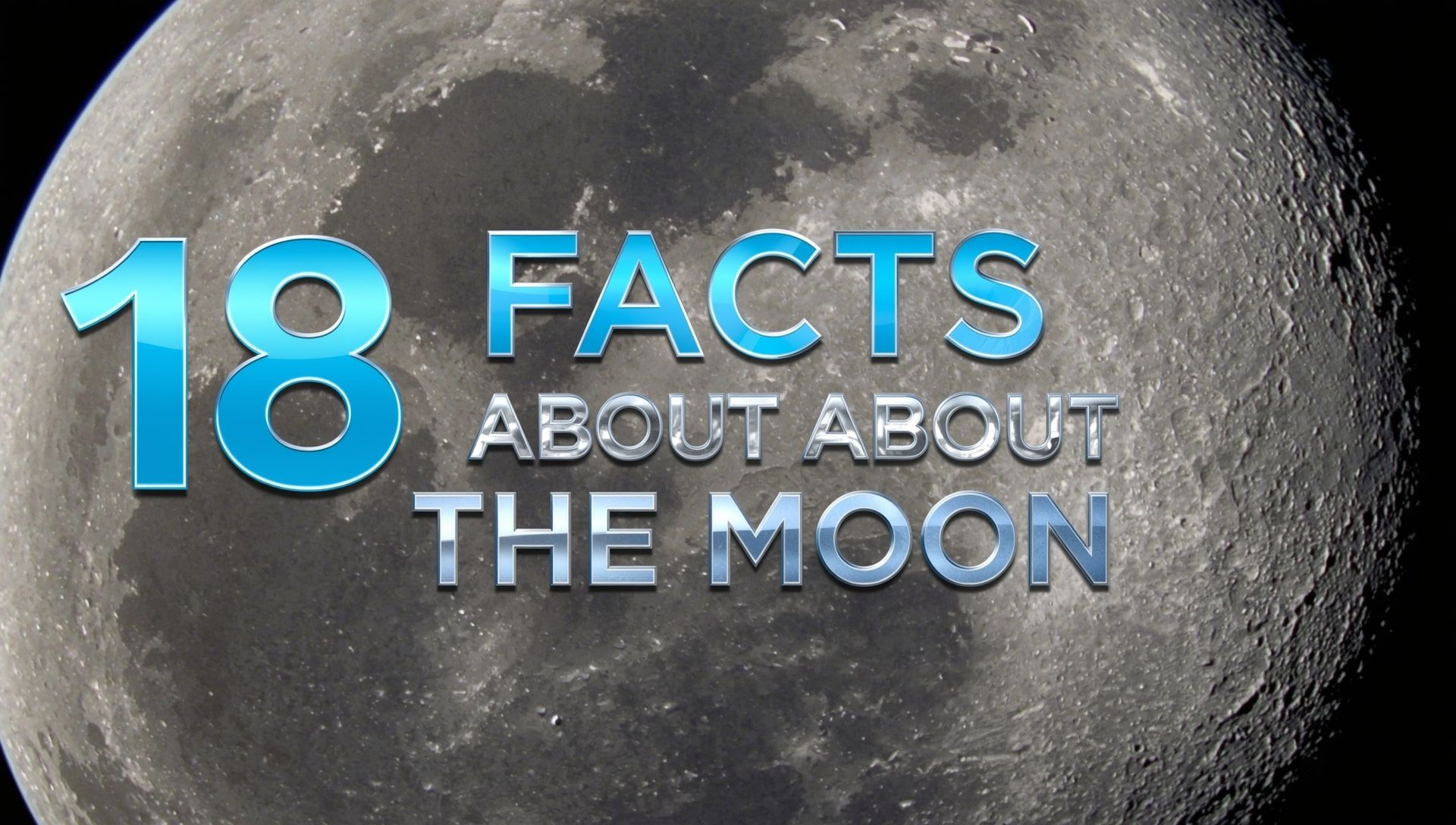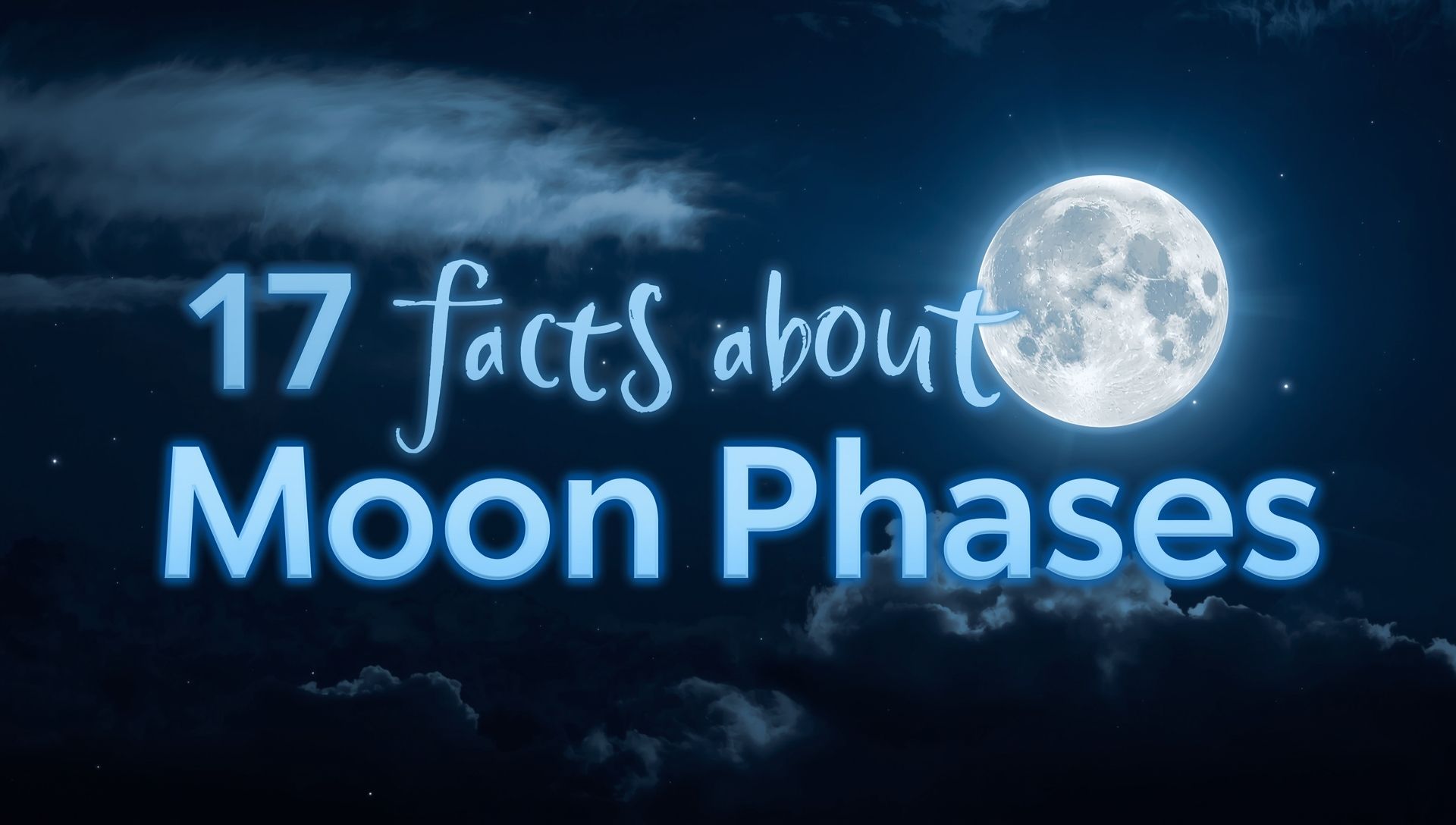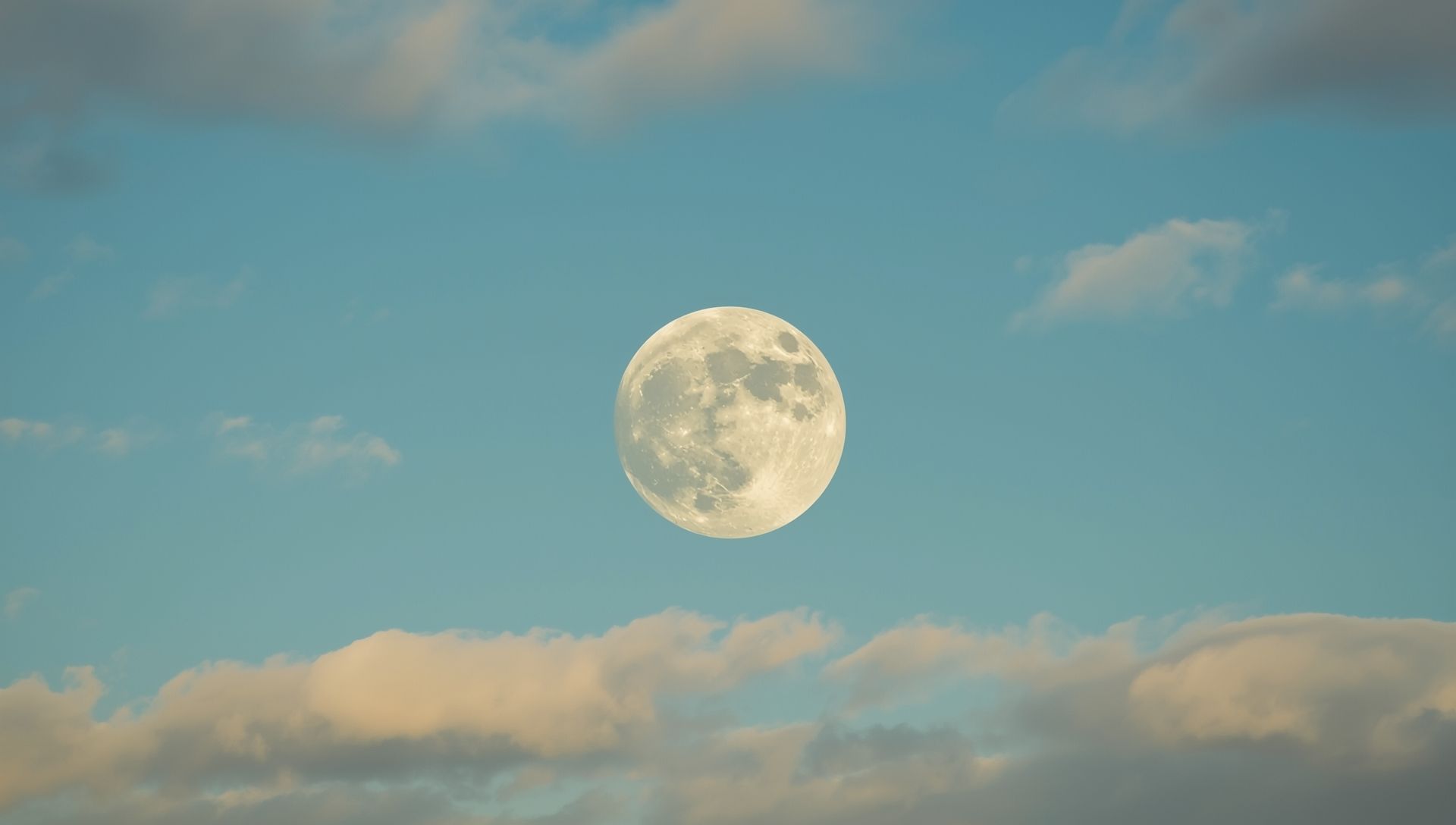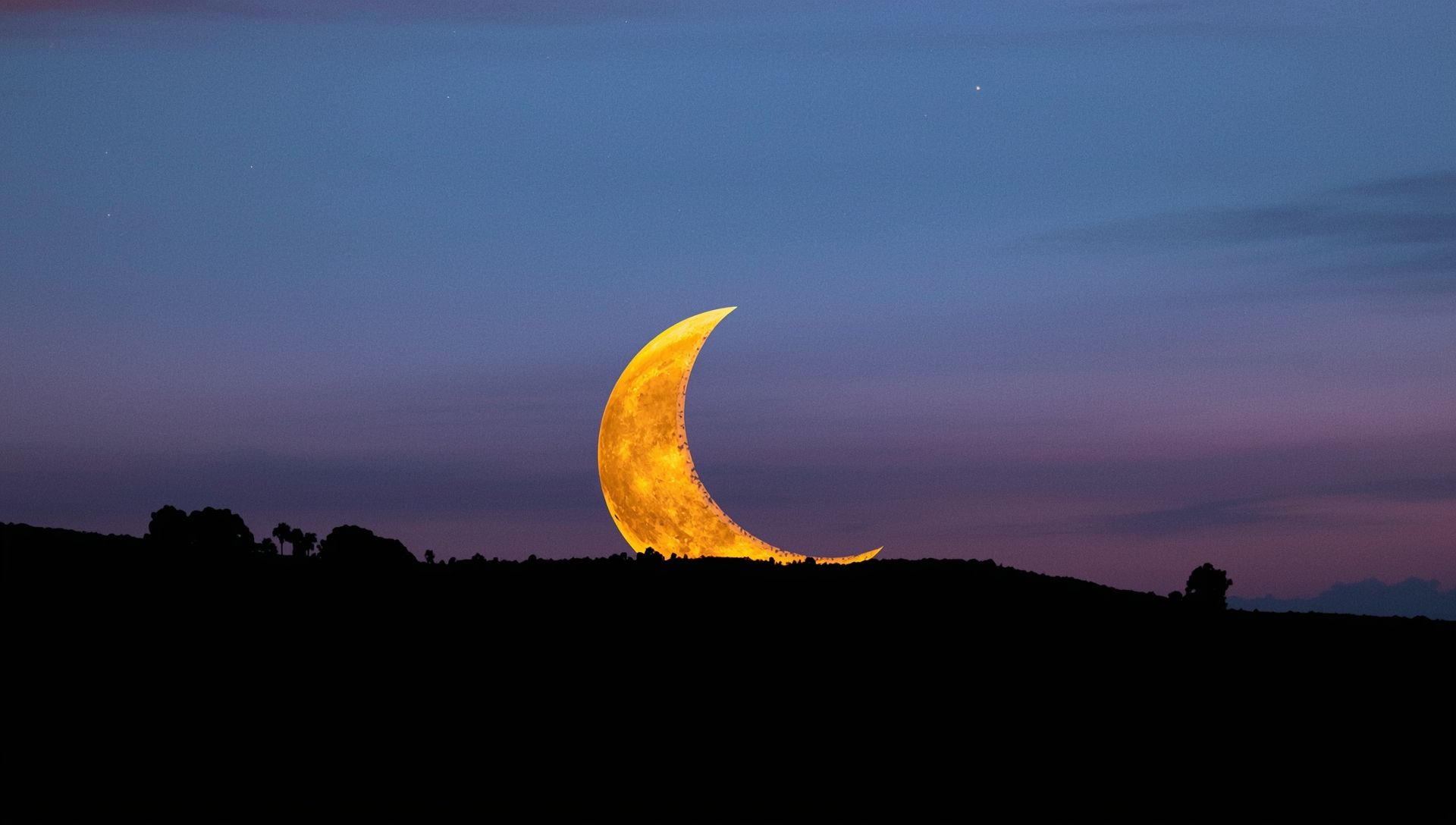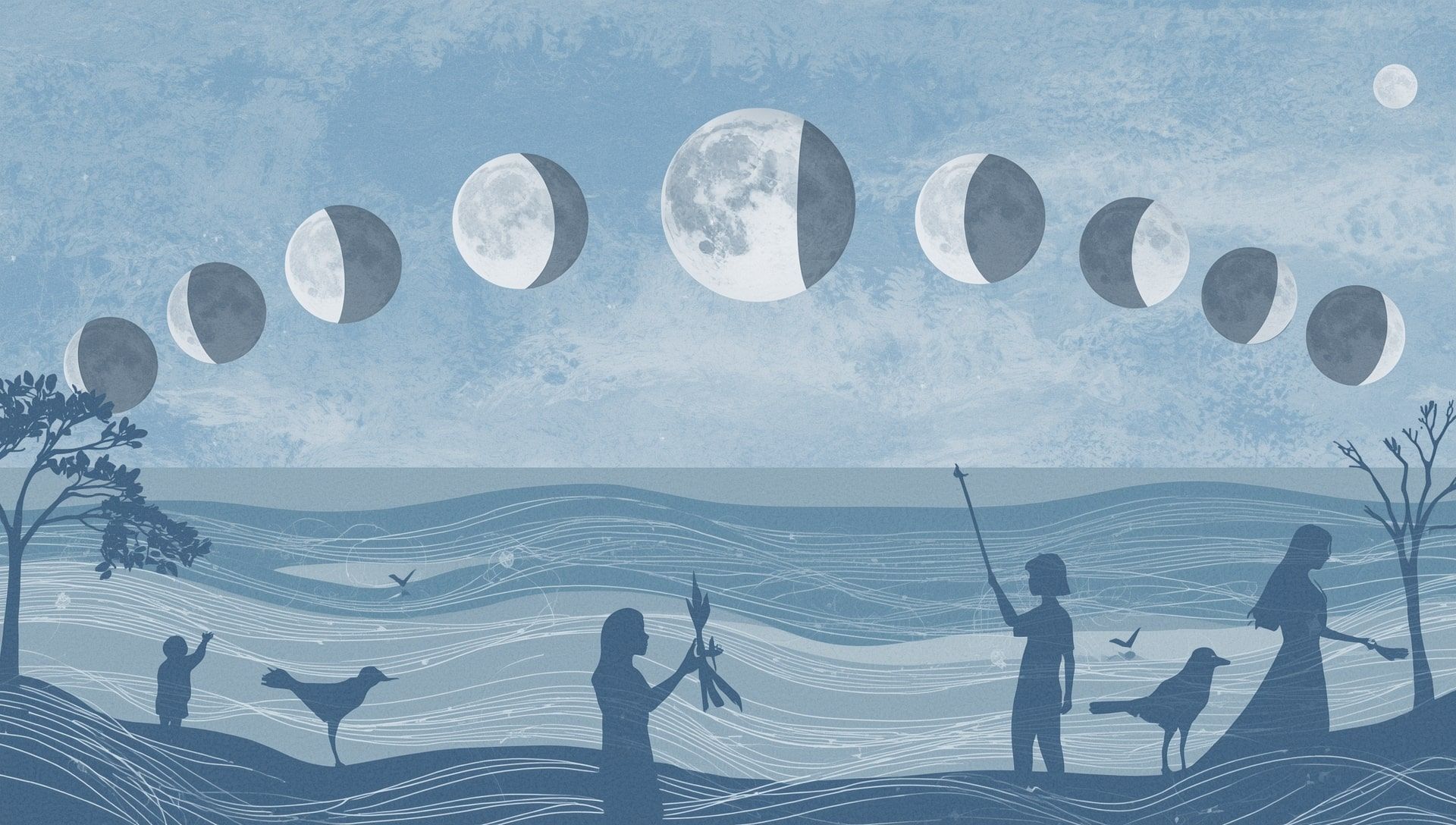You notice the Moon sinking toward the horizon and wonder if you can guess when it’ll vanish tomorrow. You don’t need charts or apps to get close, just a little awareness and a simple trick or two.
The Moon’s Daily Drift
The Moon moves eastward in its orbit around Earth, a motion that also affects its timing across time zones. This causes it to rise and set roughly 50 minutes later each day. That shift gives you a way to guess when it will set without needing any tech at all.
Using Yesterday to Predict Tomorrow
If you saw the Moon set at 5:30 AM today, there’s a good chance it’ll set around 6:20 AM tomorrow. That 50-minute rule isn’t exact, but it’s close enough for casual skywatching. The exact shift can range between 40 and 60 minutes depending on your location and the Moon’s phase, which you can compare with local city observations.
What Can Change the Timing
Several factors can nudge moonset times forward or back:
- Your latitude on Earth
- The Moon’s phase and position in its orbit
- Time of year; especially near daylight saving adjustments
- How close the Moon is to perigee or apogee
- Nearby hills or obstructions on the horizon
How to Keep It Simple
You don’t need to overthink it. The Moon is steady in its motion. Start watching it daily. Write down the time you see it set. Tomorrow, expect it just a little later. After a few days, you’ll notice the pattern and might even compare it with a world clock view to see how the timing differs elsewhere.
The Moon Keeps Its Own Time
You don’t have to be an astronomer to track the Moon. Trust your eyes, trust the rhythm. With just a bit of practice, you’ll feel like you’re in sync with something bigger, much like reading natural seasonal cycles on the calendar.
